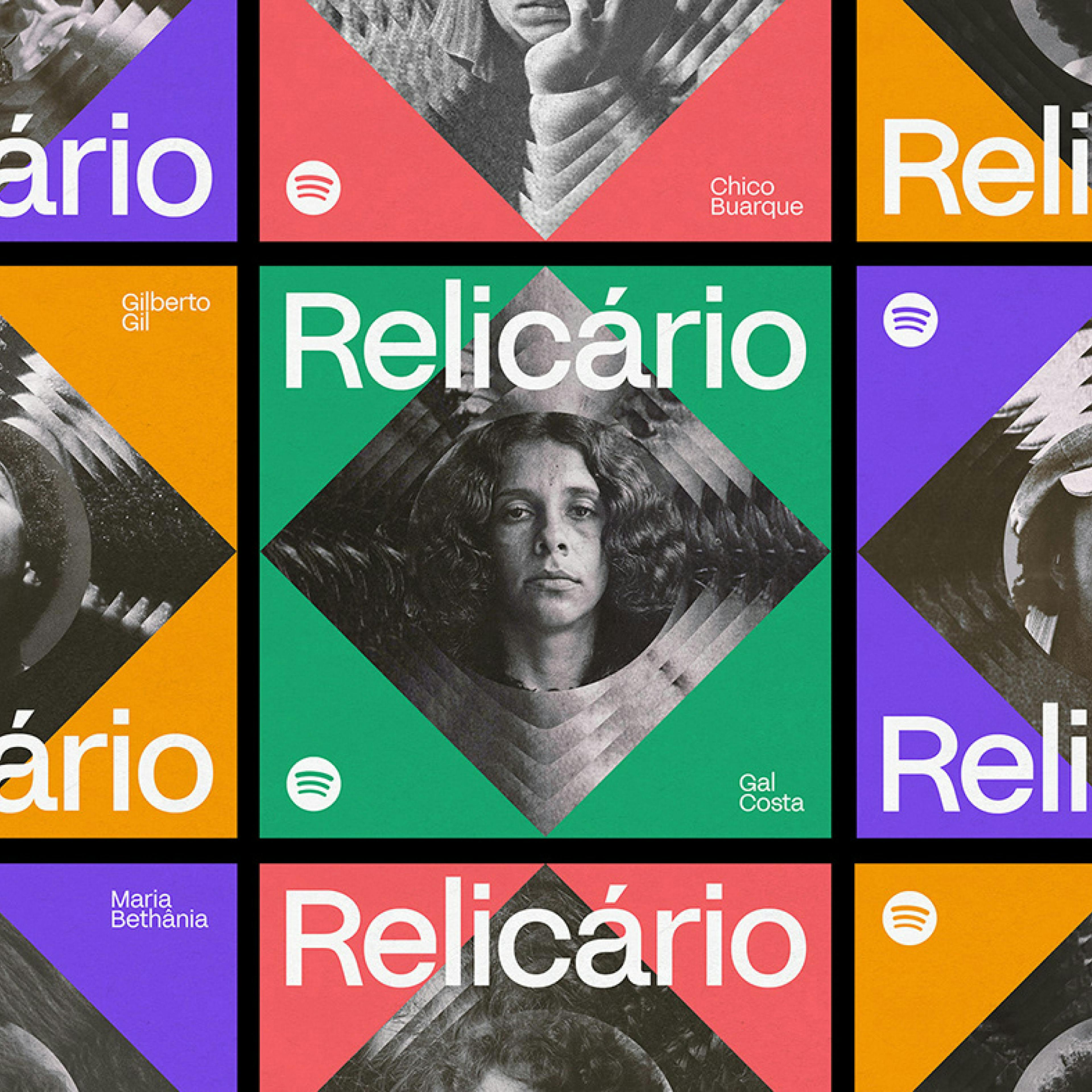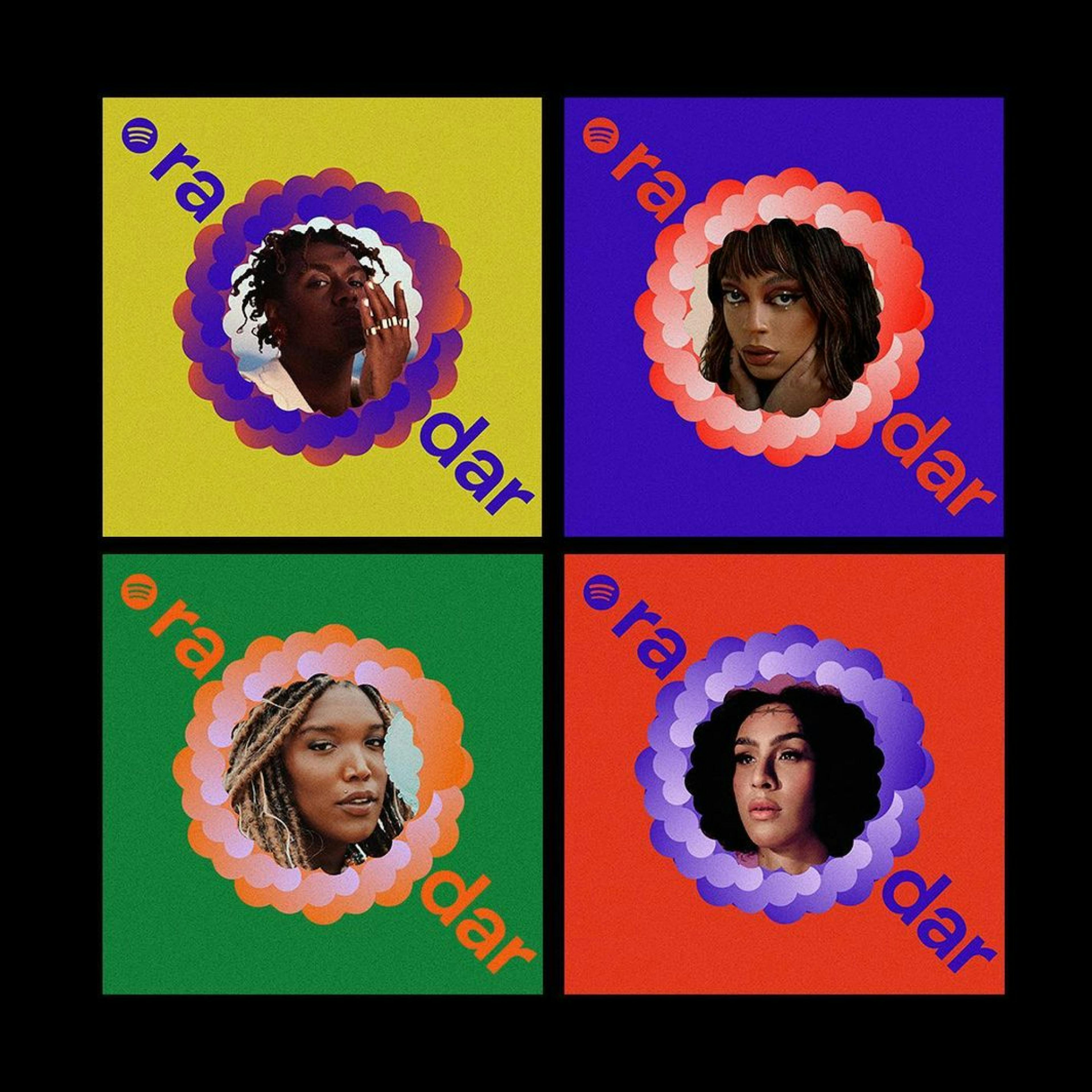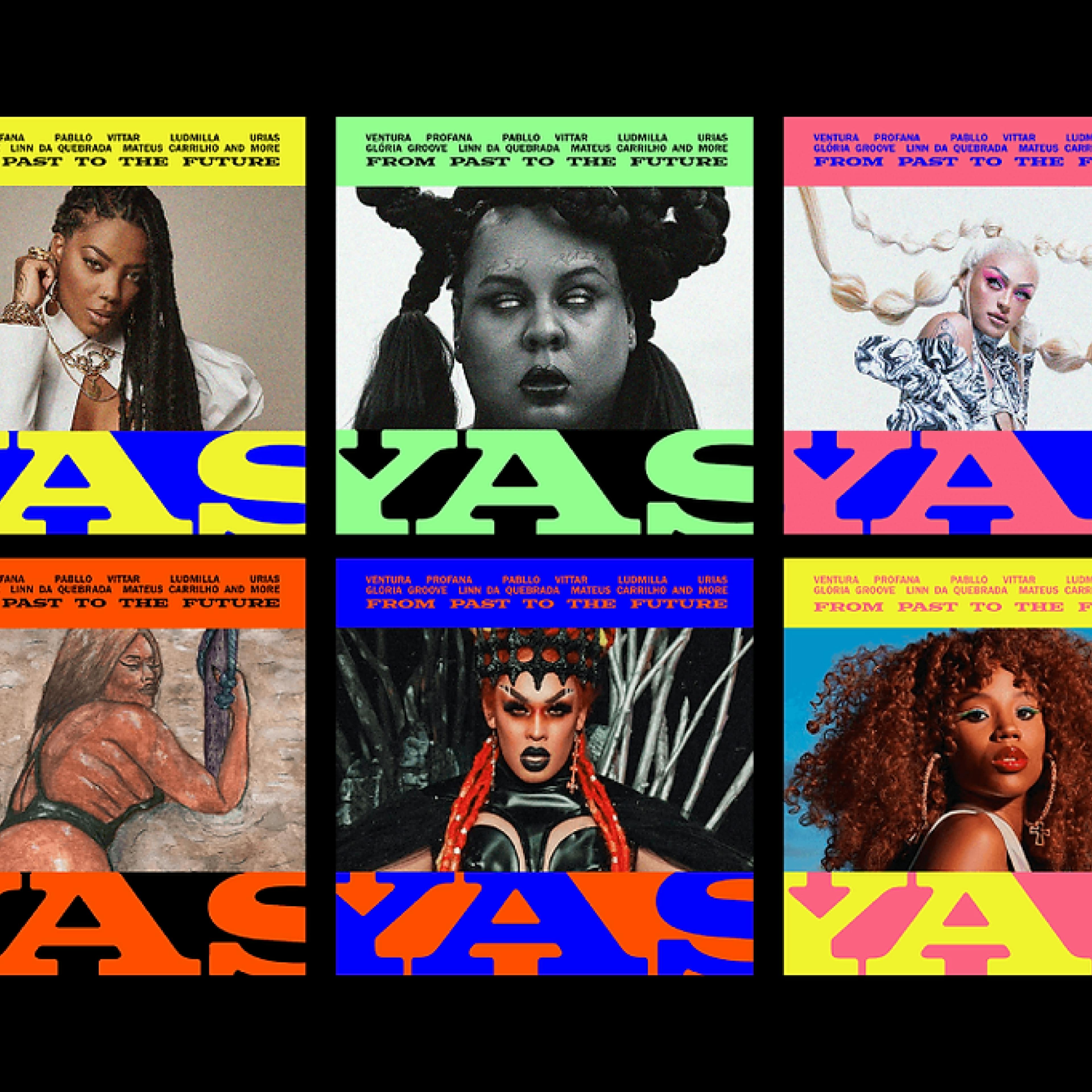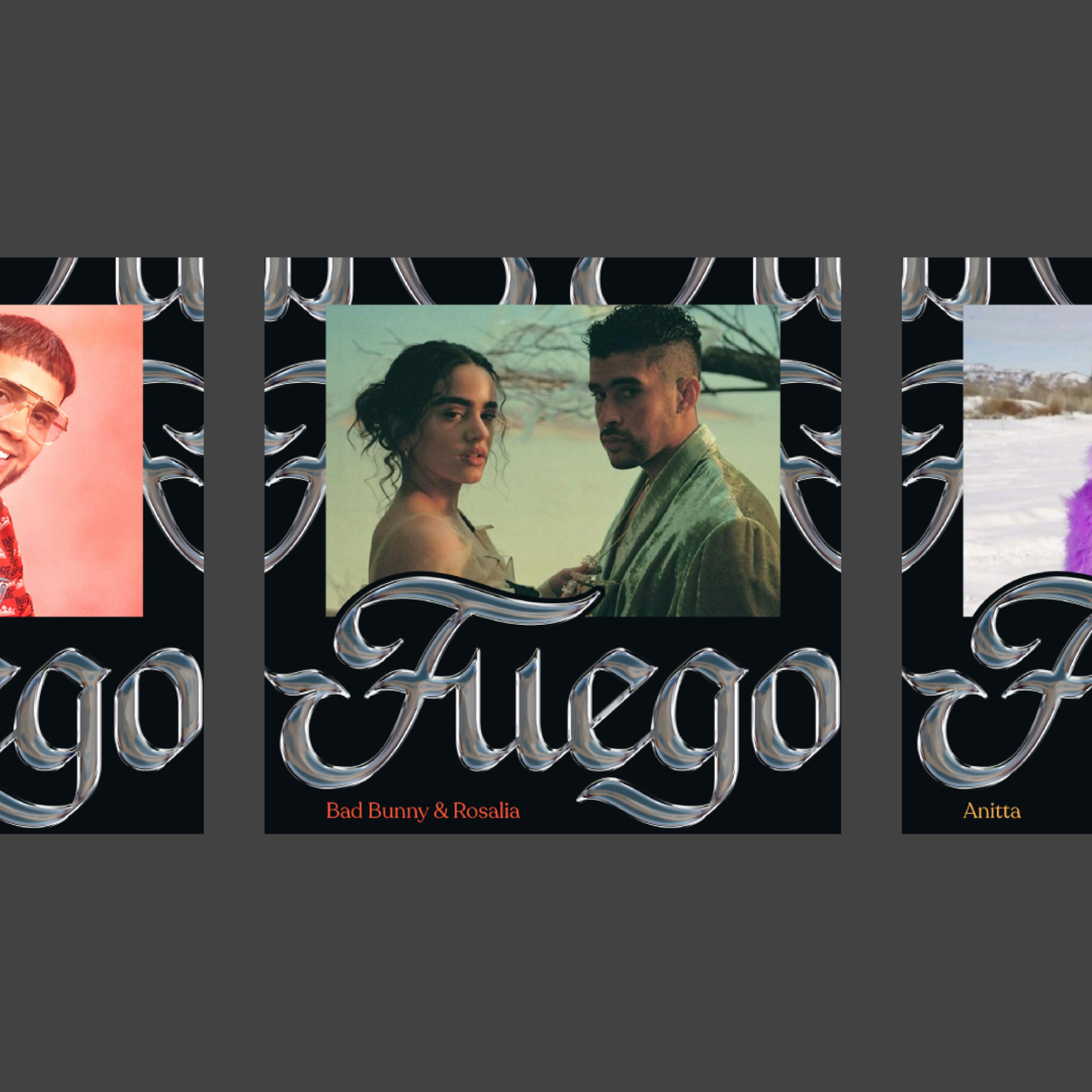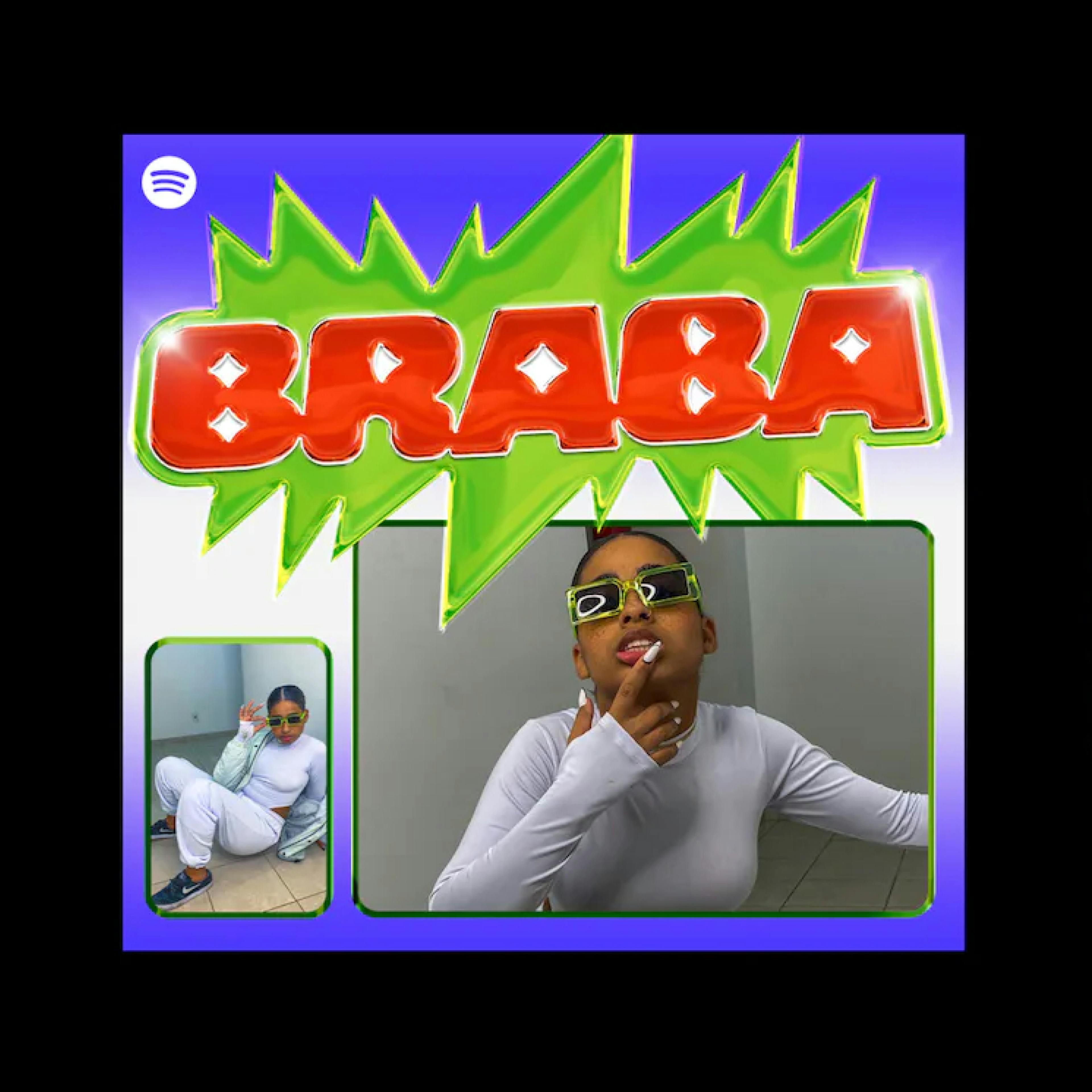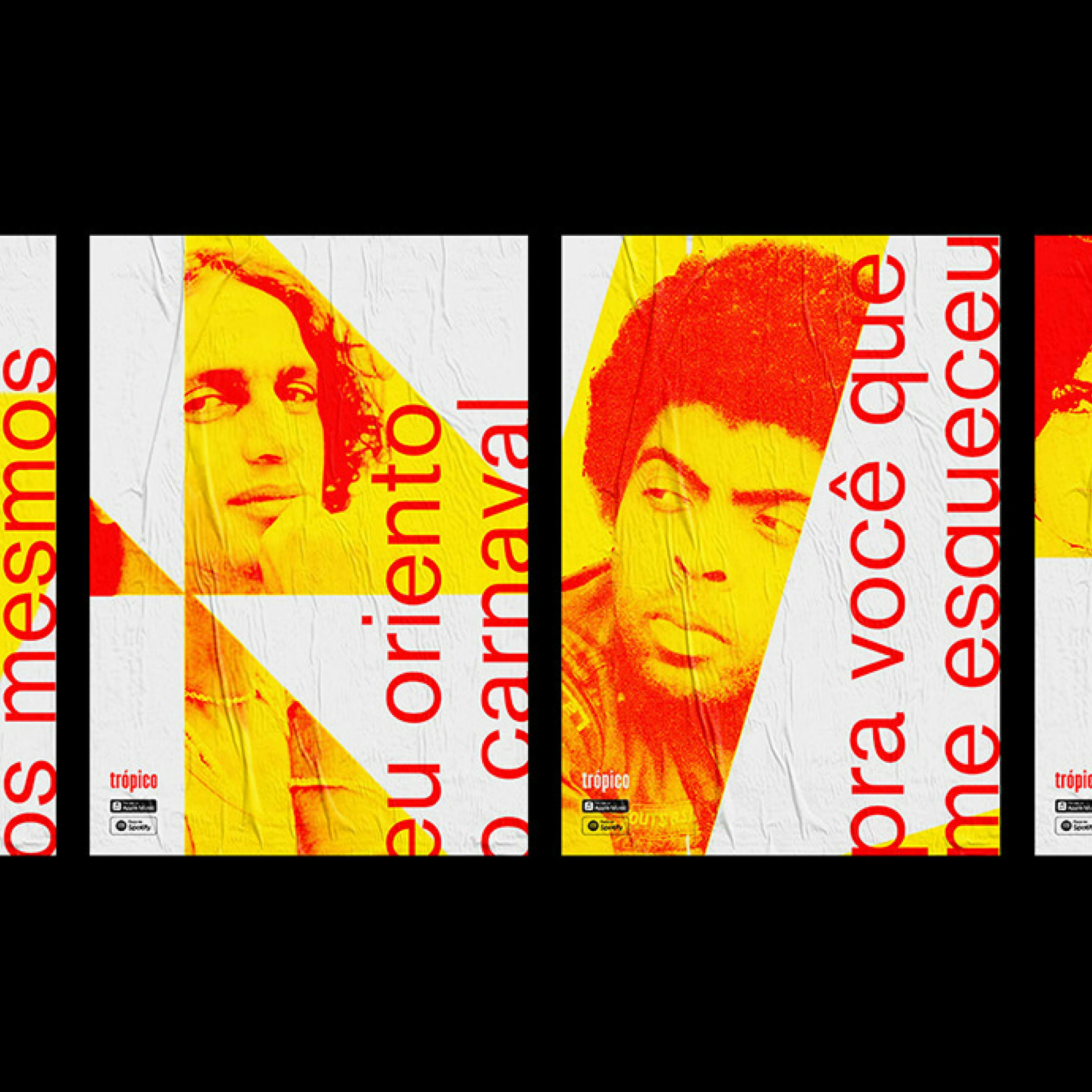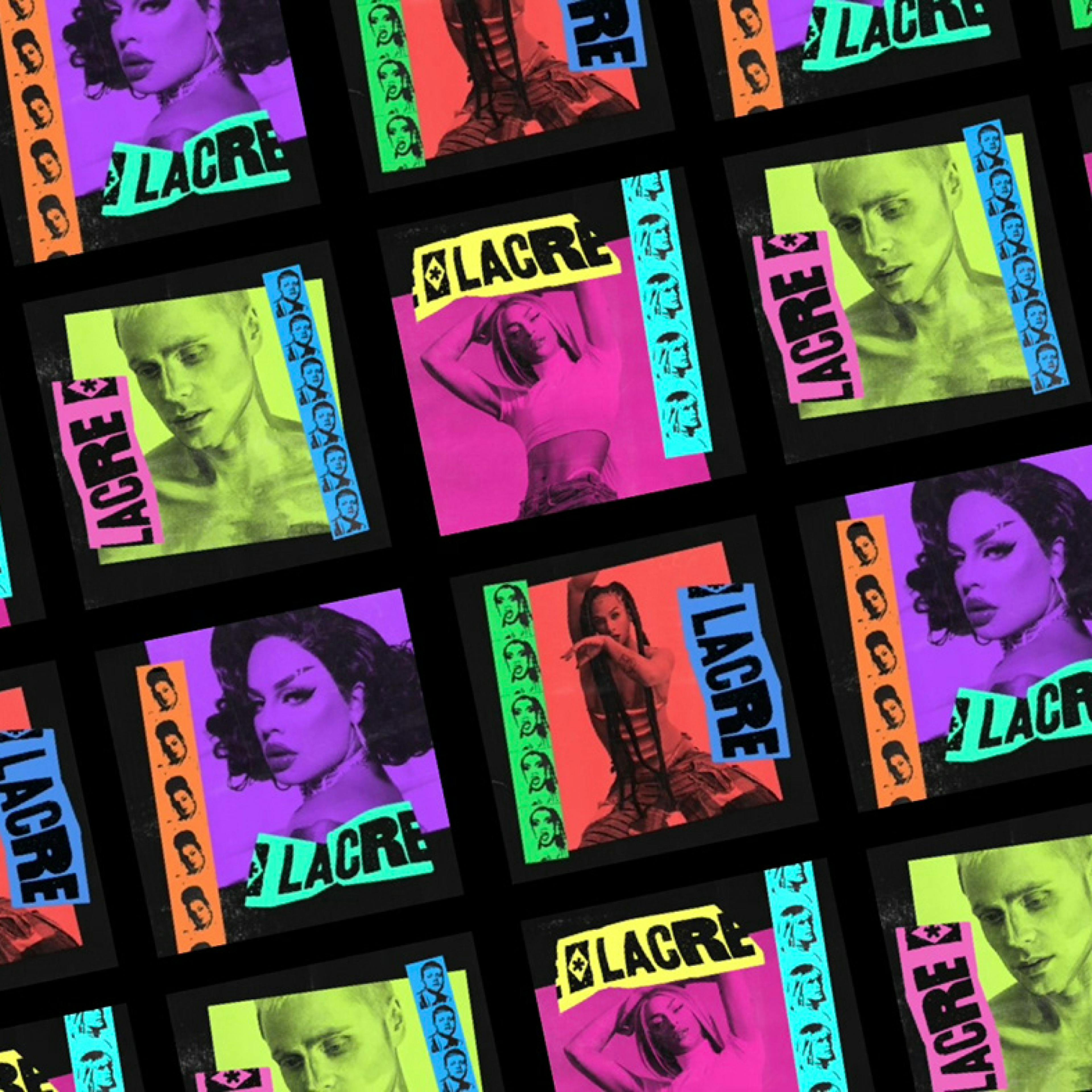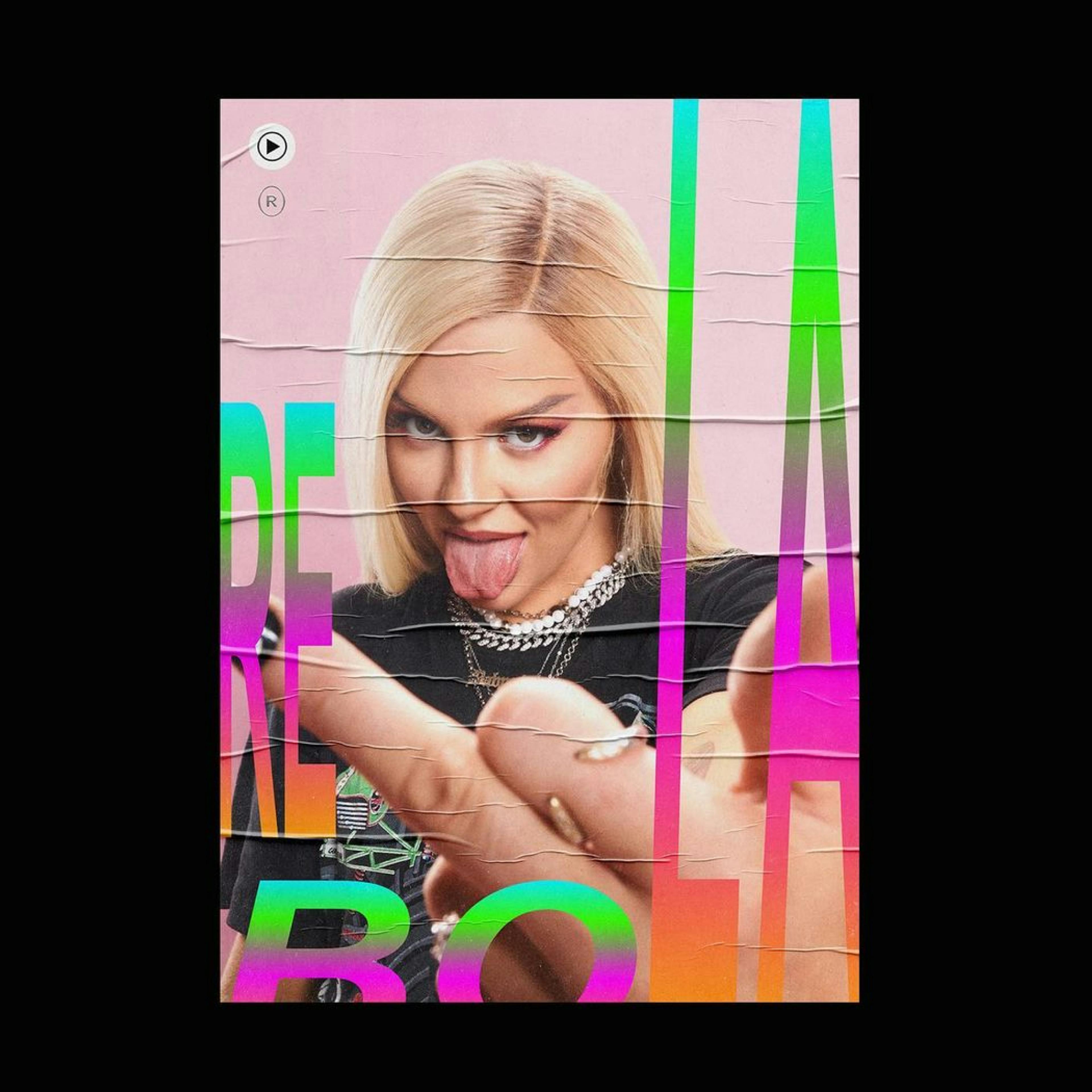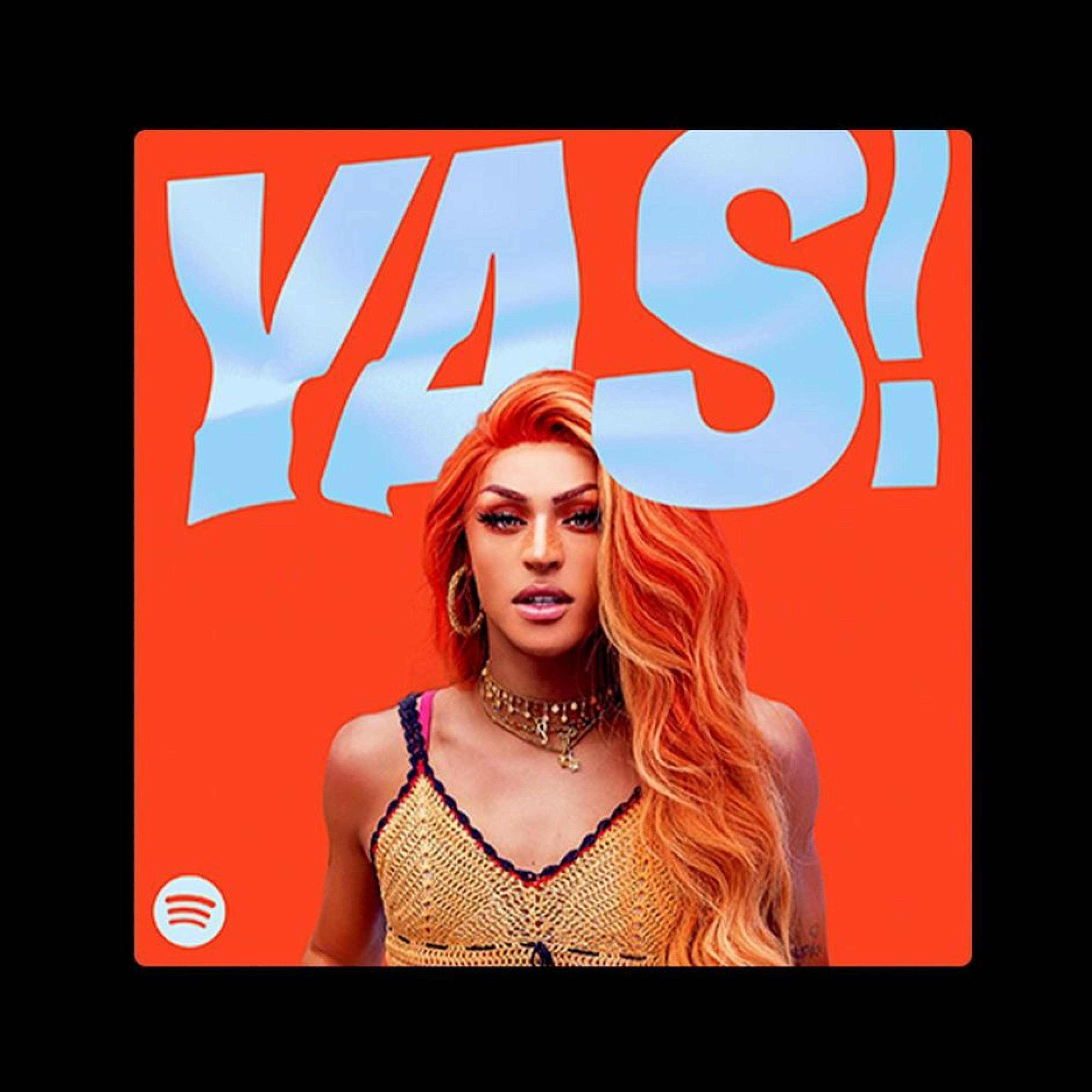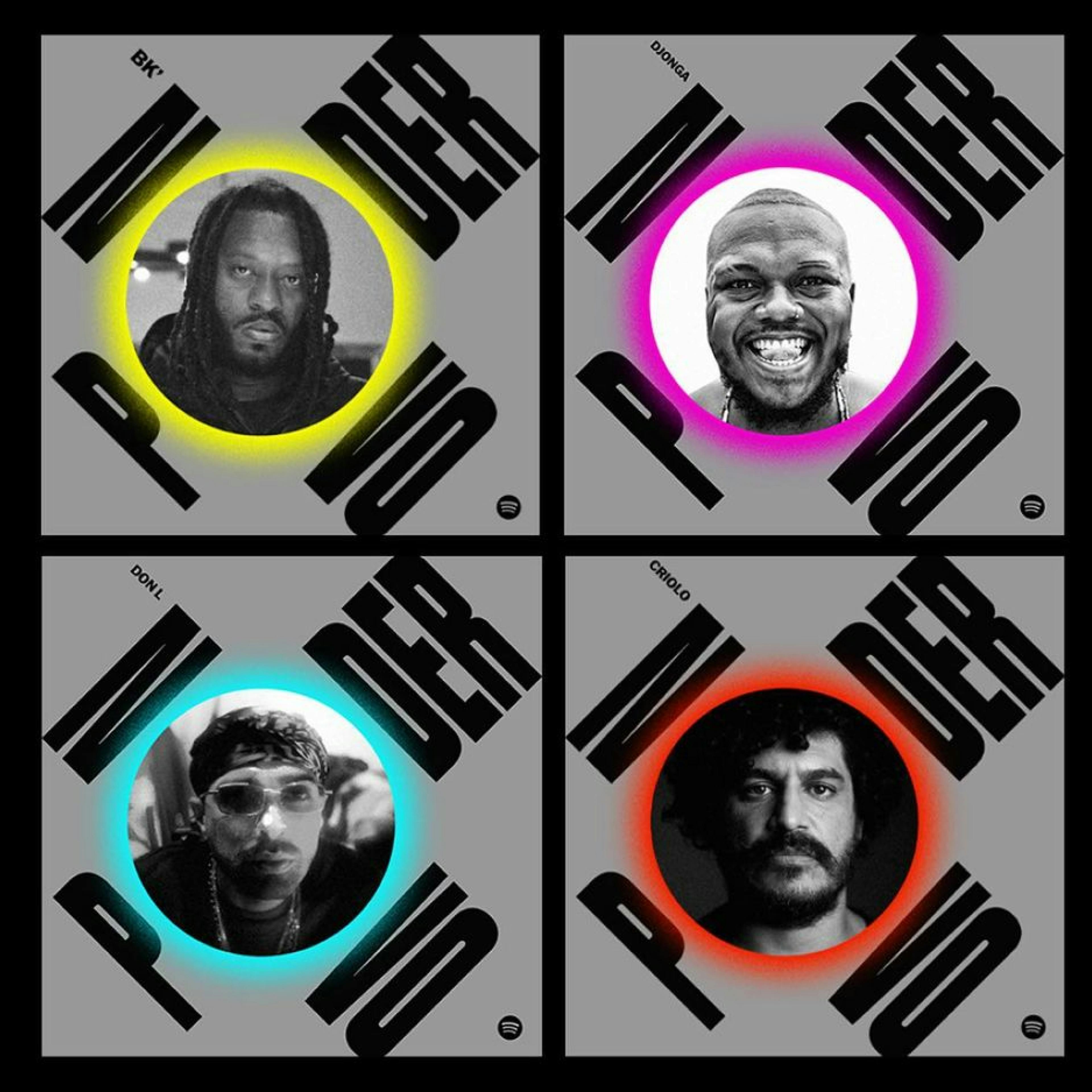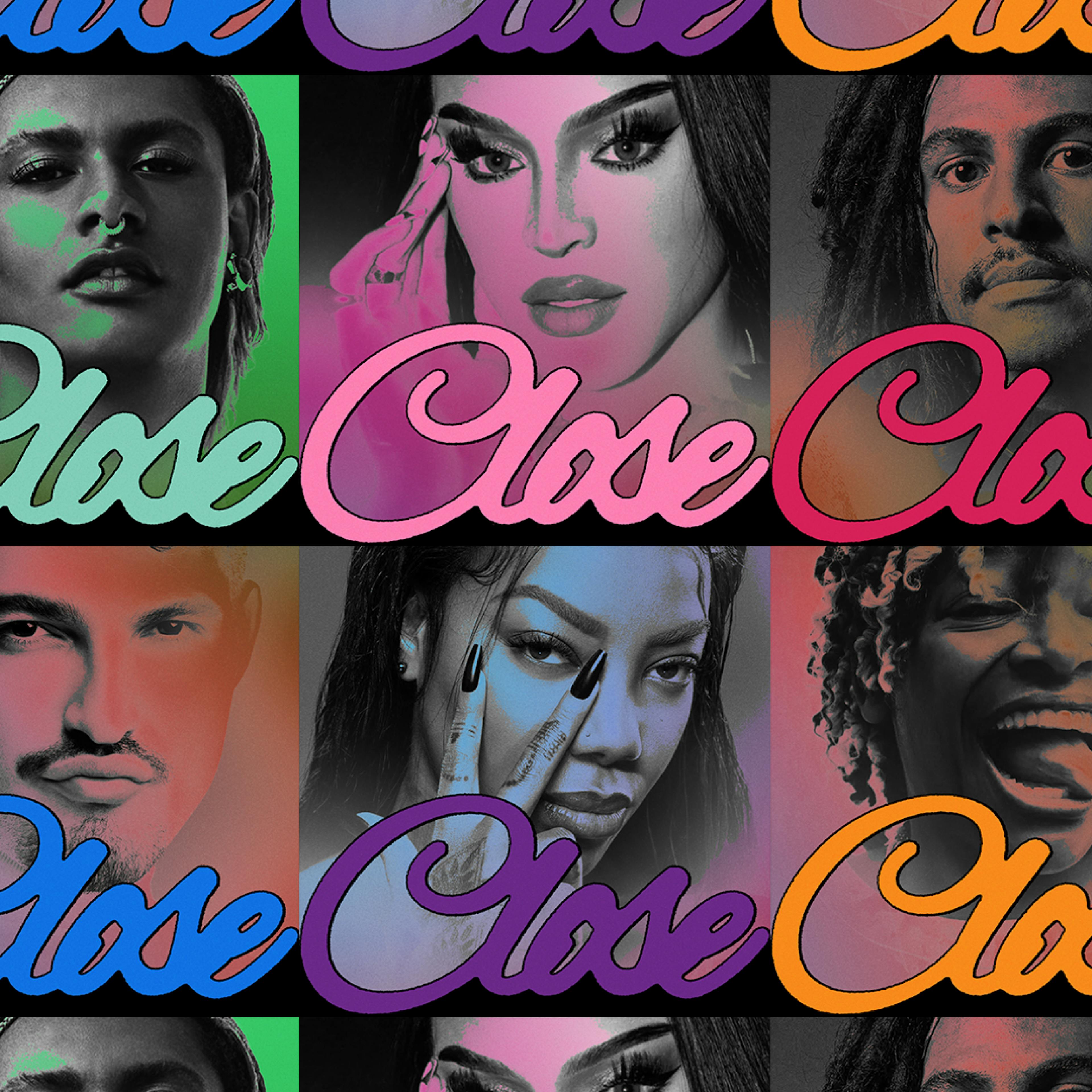Oct 23, 2024
Decoding Identities student showcase

Aprender Design
School
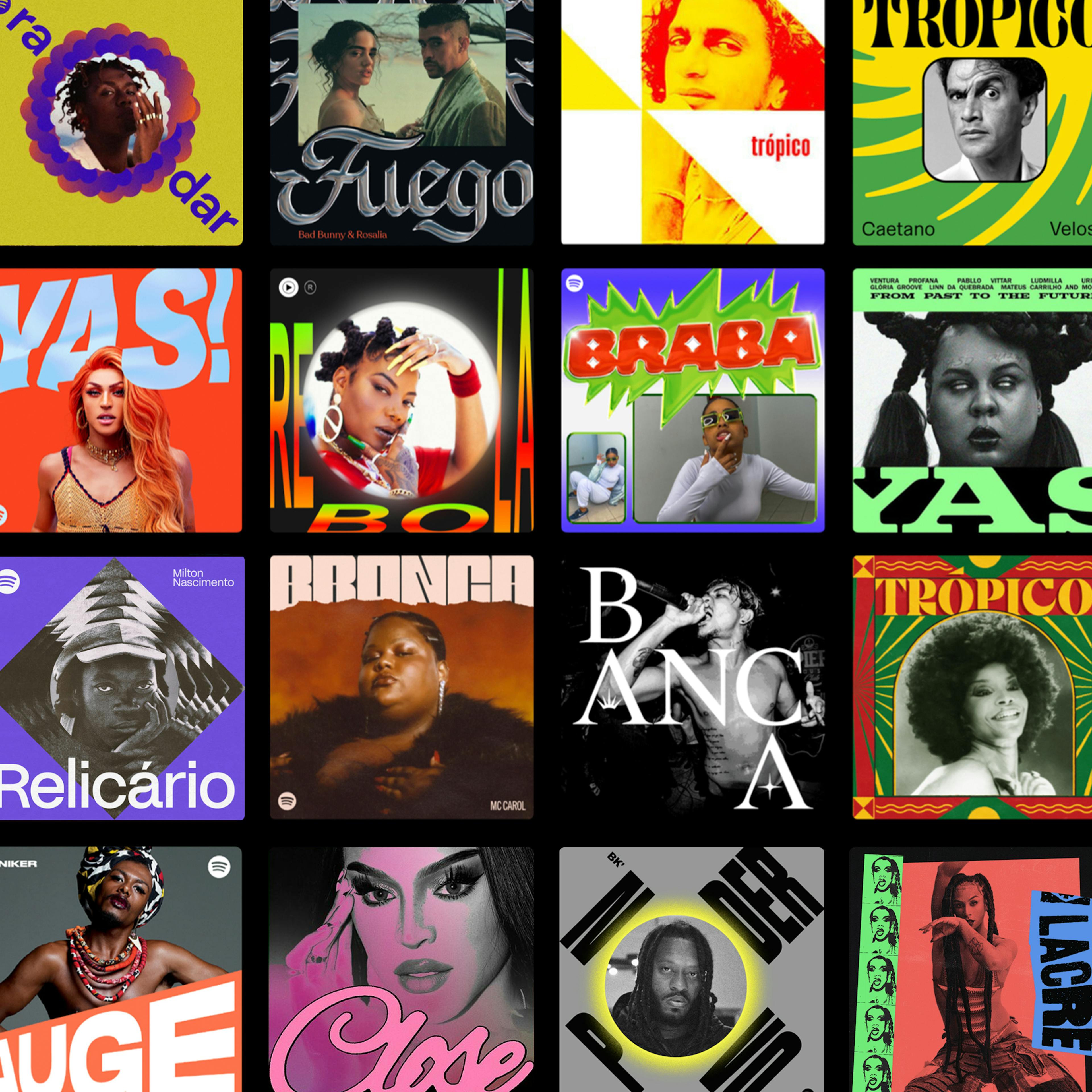
Instructed by Carlos Bocai (Base) and Julia B. Aguiar (Jones Knowles Ritchie), Decoding Identities is a course on the process of creating authentic and impactful visual identity systems. It’s a collective exercise where students are invited to engage in discussions that deconstruct the notion of "good design" by delving into methods, trends, category codes, and real case studies.
As a way to apply the learnings and discussions, the students are given a group project to present at the end of the course. Provided with 1:1 mentorship, each group is tasked with designing a visual identity system for a music playlist. Since the playlists vary in genre, each comes with its own set of challenges, and students are free to choose their preferred subject.
By working on this project, each group goes through the entire process of creating a unique system, from concept development to creative execution. Below are some of our featured projects from previous classes:
